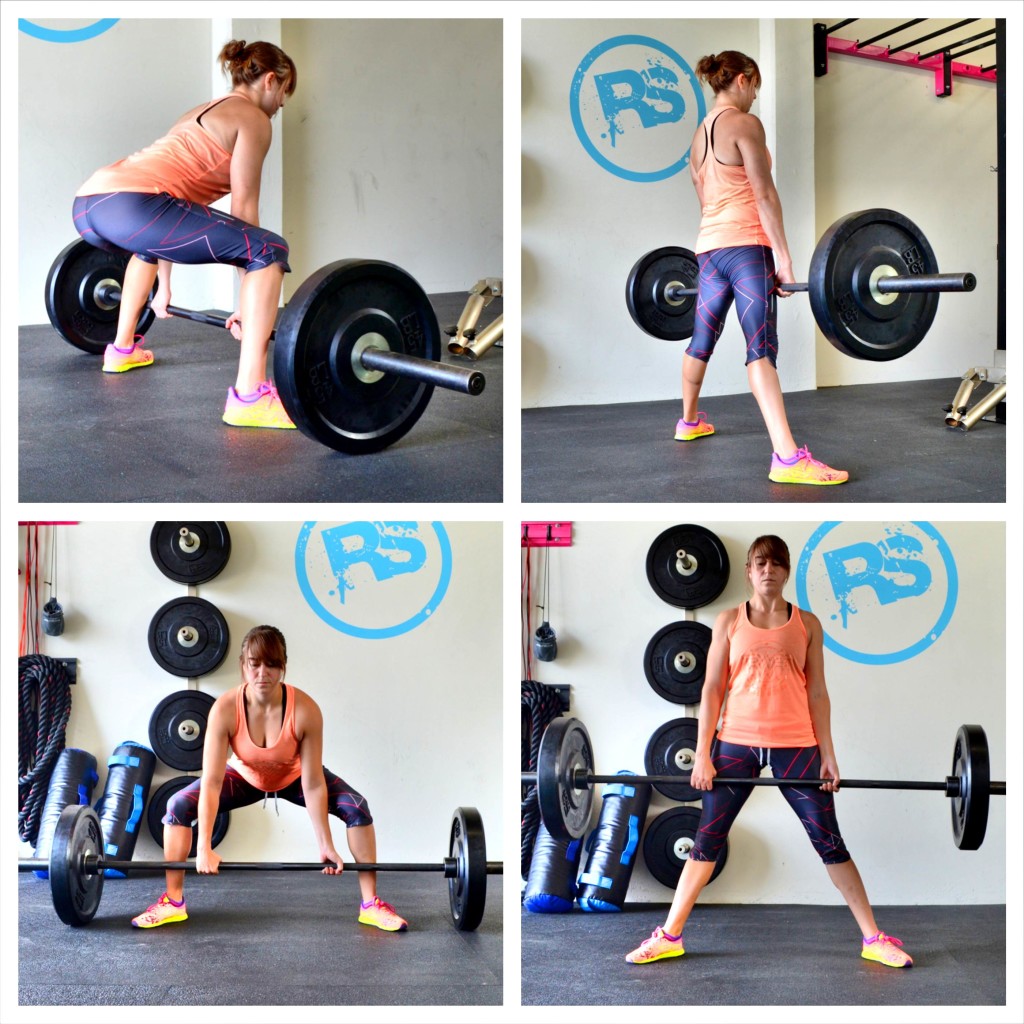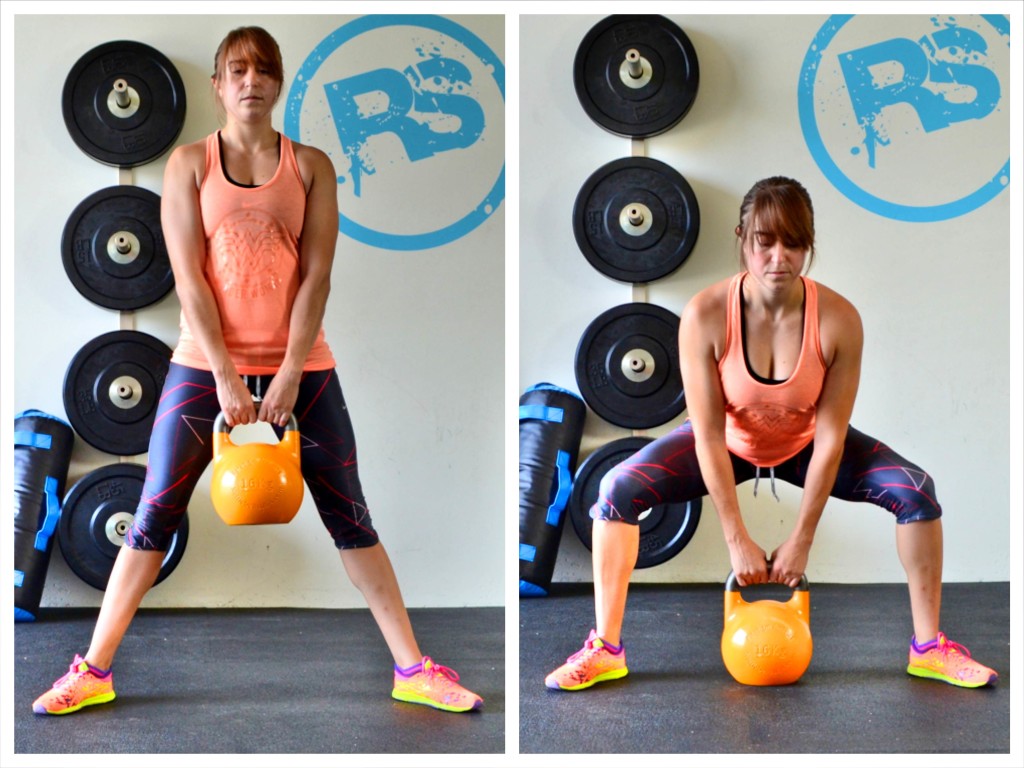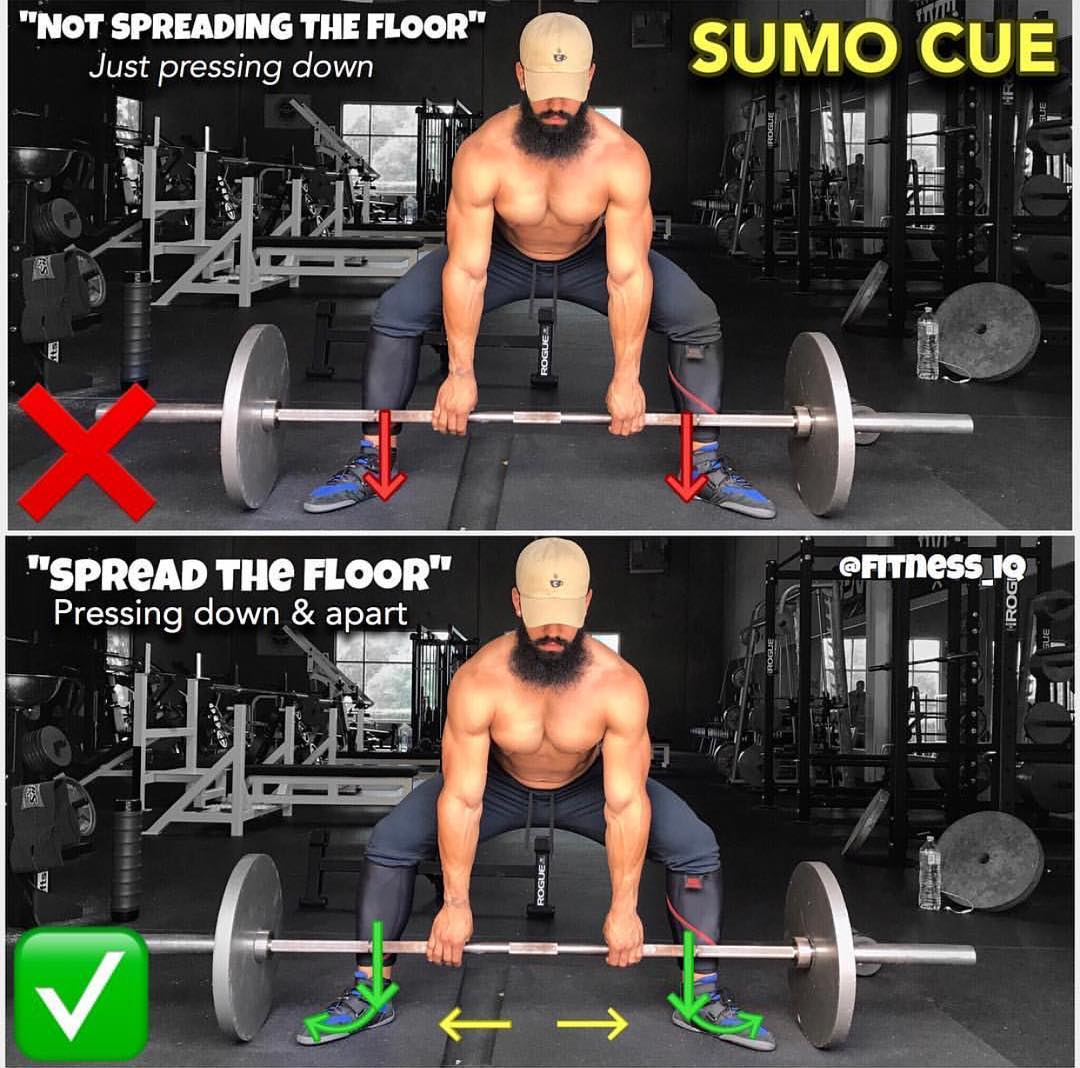
Sumo deadlifts are a popular exercise in weightlifting and powerlifting circles. It is a variation of the traditional deadlift, where the lifter takes a wider stance and grips the bar with their hands inside their legs. This stance and grip allow for a more upright torso and less stress on the lower back. However, there is still some debate about whether sumo deadlifts are primarily for the back or legs.
Sumo Deadlift Mechanics

Before we dive into the debate, let's take a closer look at the mechanics of the sumo deadlift. As mentioned earlier, the lifter takes a wider stance and grips the bar with their hands inside their legs. This wider stance allows the lifter to get closer to the bar and reduces the distance the bar has to travel.
During the lift, the lifter pushes their knees out to the sides, which engages the adductors, hamstrings, and glutes. The lifter then extends their hips and knees to lift the bar off the ground. The lifter finishes the lift by locking out their hips and knees and standing upright with the bar in their hands.
Sumo Deadlifts for the Back

Some people argue that sumo deadlifts are primarily a back exercise. This argument is based on the fact that the back muscles, especially the erector spinae, are heavily involved in keeping the torso upright during the lift. The wider stance and more upright torso also shift more of the load onto the back muscles.
However, this argument ignores the fact that the legs are still heavily involved in the lift. The adductors, hamstrings, and glutes are all important muscles in the sumo deadlift and contribute significantly to the lift.
Sumo Deadlifts for the Legs

Others argue that sumo deadlifts are primarily a leg exercise. This argument is based on the fact that the leg muscles, especially the adductors, hamstrings, and glutes, are heavily involved in the lift. The wider stance and knee push-out also emphasize these muscles.
However, this argument ignores the fact that the back muscles are still heavily involved in the lift. The erector spinae and other back muscles are important for keeping the torso upright and preventing rounding of the back.
The Truth About Sumo Deadlifts

So, what's the truth about sumo deadlifts? The reality is that they are a full-body exercise that involves both the back and legs. The wider stance and more upright torso shift more of the load onto the back muscles, while the knee push-out and hip extension engage the leg muscles.
This makes sumo deadlifts a great exercise for developing overall strength and muscle mass. They are especially useful for lifters who have lower back issues or who struggle with traditional deadlift form.
How to Incorporate Sumo Deadlifts into Your Training

If you want to incorporate sumo deadlifts into your training, start by practicing proper form. Work on getting into the correct starting position, pushing your knees out, and extending your hips and knees to lift the bar off the ground.
You can also try using sumo deadlifts as a variation on your traditional deadlift day. Start with lighter weights and focus on mastering the form before adding weight.
Conclusion
Sumo deadlifts are a great exercise for developing overall strength and muscle mass. While there is some debate about whether they are primarily for the back or legs, the reality is that they involve both muscle groups. If you want to incorporate sumo deadlifts into your training, start by practicing proper form and gradually adding weight.